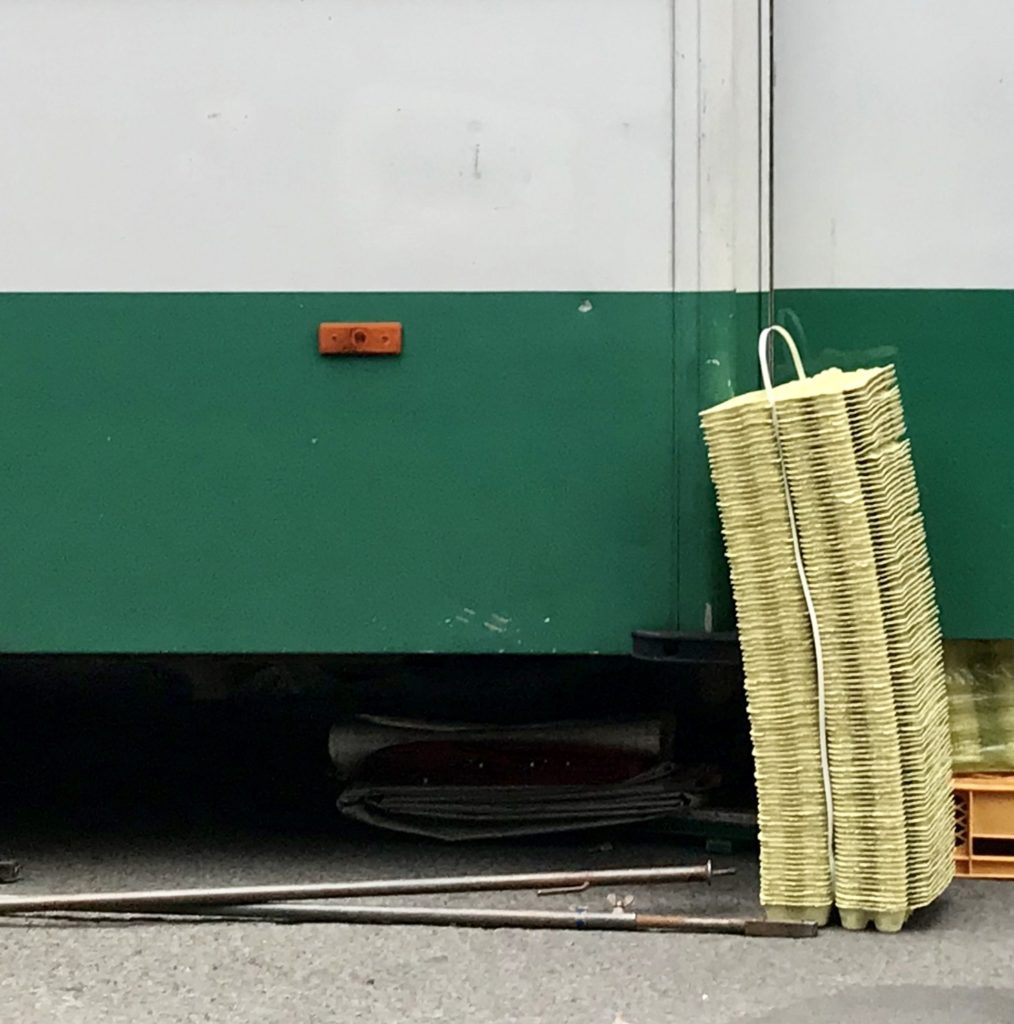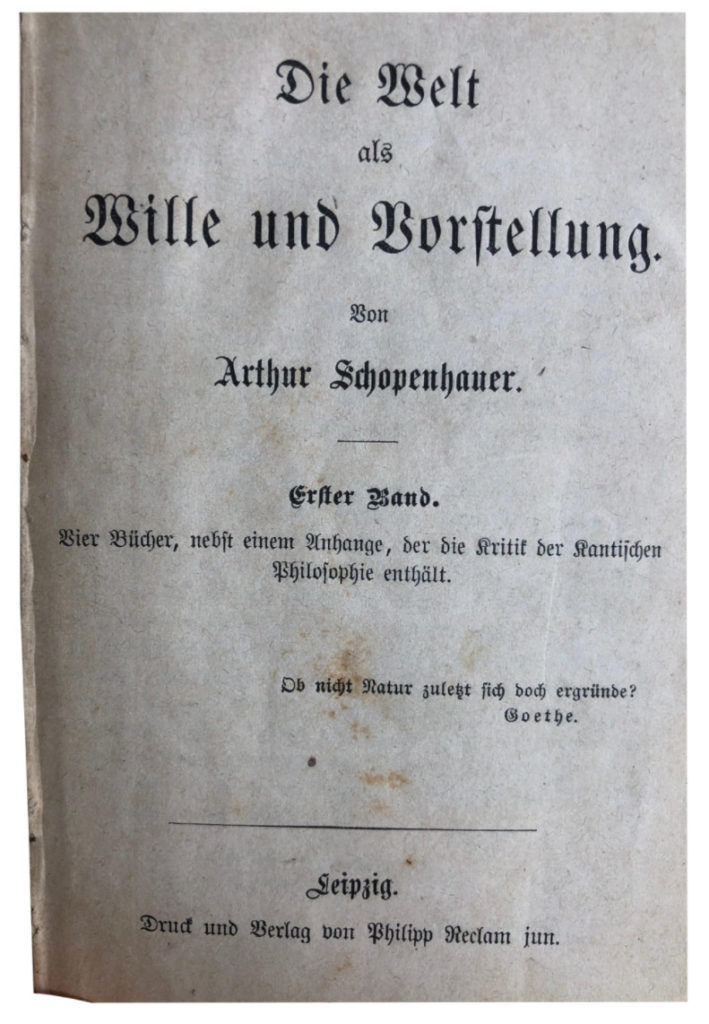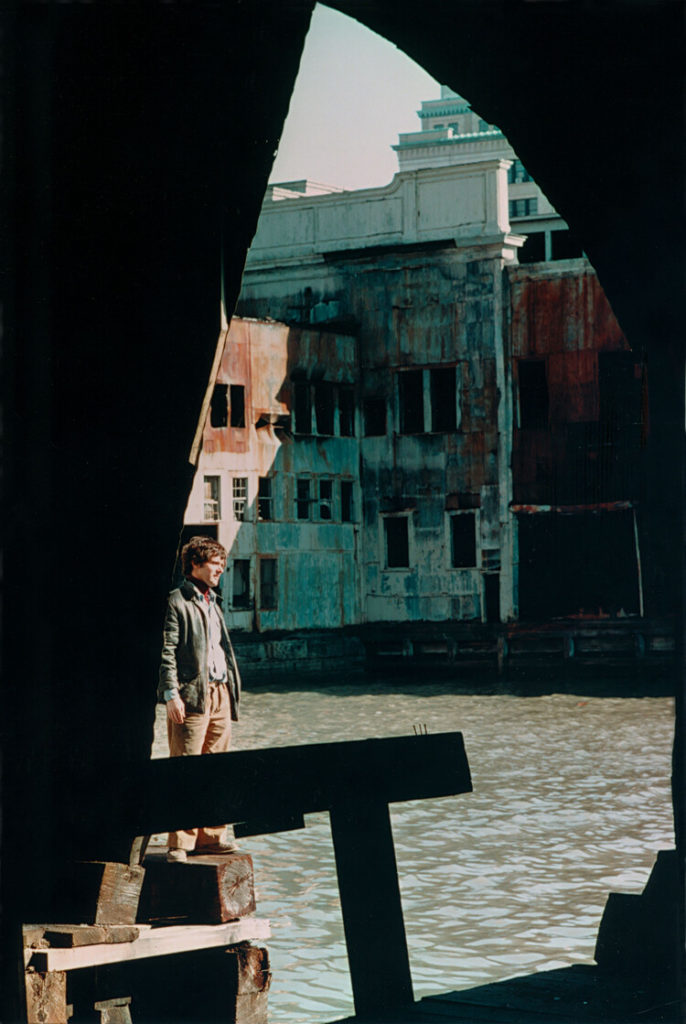There Is Nothing Old Under The Sun
태양 아래 오래된 것은 없다
Text by Luigi Ghirri 루이지 기리
Excerpts from Luigi Ghirri: The Complete Essays 1973-1991
Translation by Clumsy 클럼지

There Is Nothing Old Under The Sun (1)
1986
Whenever I speak about Paris, a strange coincidence comes to mind. The first time I went there, in 1972, in one of the many parks scattered throughout the city, I noticed a small object with several little hourglasses, surrounded by a phrase written in Latin: Nothing new under the sun.
The hourglasses were a measuring device for calculating the length of time a child could stay on a merry-go-round. A few years later, reading Peter Handke's 1975 story 'A Moment of True Feeling', I found a description of the same object that had caught my attention. This coincidence - someone's glance falling on the same small object amid the endless number of possibilities that a city like Paris offers - has always seemed strange to me, partly because it didn't require specific affinities or synchronicities or similar histories.
A few days ago I was reading a book by Jorge Luis Borges and thought of all this again, when the Argentine poet writes: 'There is nothing old under the sun.' It seems to me that this phrase can encompass many of the meanings and motivations that have always accompanied my work.
Le rêve du paysan, Exhibition Catalogue, Bari 1986 (p.119)
태양 아래 오래된 것은 없다 (1)
1986
내가 파리에 대해서 이야기할 때마다, 이상한 우연이 생각난다. 1972년, 처음 그곳에 갔을 때, 도시 곳곳에 산재되어 있는 많은 공원들 중 하나에서, 나는 라틴어로 쓰여진 문구 --태양 아래 새로운 것은 없다-- 가 주변에 새겨진, 작은 모래시계가 여러 개 붙어있는 물체를 발견했다.
모래시계는 아이가 회전목마를 타는 시간을 재기 위한 장치였다. 몇 년 후, 피터 핸드케의 1975년 단편소설 '진정한 느낌의 시간'을 읽으면서, 나의 관심을 끌었던 것과 동일한 물건에 대한 묘사를 찾을 수 있었다. 이 우연의 일치가 - 파리 같은 무한한 가능성의 도시 속에서 누군가의 시선이 같은 작은 물체에 떨어지는 것 - 나에겐 항상 신기하게 생각되었는데, 왜냐면 어떤 유사점이나 동시성, 또는 비슷한 역사를 공유해야만 하는 것 같지는 않았기 때문이다.
며칠 전에 나는 호르헤 루이스 보르헤스의 책을 읽다가 이 아르헨티나 시인이 쓴 '태양 아래 오래된 것은 없다.'는 문구를 보고 이 모든 것을 다시 생각하게 되었다. 내 생각에 이 문구는 내 작품이 갖는 많은 의미와 동기를 설명해줄 수 있는 말이다.
농민의 꿈, 전시 카탈로그, 바리, 1986 (p.119)


The Shipping Forecast
A man walks down a road along the seafront; a woman hangs out the washing, humming a song; in the background, children play in a clearing; a little further off, there's a circus tent and carousel.
This brief sequence, only a few frames long, is from Fellini's La Strada [1954].
That moment is fixed in my head - the music, the white sheet, the funfair, the houses, and in the distance, the sea. In this brief passage, a domestic scene devoid of emphasis or rhetoric, in this very sweet encounter, a whole new way of looking at landscape was revealed to me.
In the same way, listening to the shipping forecast has a profound effect on me. Broadcast every day on the radio, with its monotonous succession of 'knots', 'gale force six' or 'seven', it does not stir up dreams of adventures in unchartered seas, but rather evokes the sweet lullaby of waves gently breaking on the sands of some distant shore.
Both these moments continue to run through my mind, over and over, leaving me with an image of a seascape, a scene which becomes altogether familiar, and which is perhaps the ideal setting for this game which is life always moving and yet always fixed and unchanging. (p.227)
해상 기상 예보
한 남자가 바닷가를 따라 길을 걷고, 여자는 빨래를 널며 노래를 흥얼거린다. 배경에서, 아이들은 공터에서 놀고있고, 조금 더 떨어진 곳에는 서커스 텐트와 회전목마가 있다.
몇 프레임 길이의 이 짧은 시퀀스는 펠리니Fellini의 <길 La Strada (1954)>에서 가져온 것이다.
그 순간은 내 머릿속에 고정되어있다 - 음악, 하얀 시트, 유원지, 집 그리고 멀리 있는 바다. 이 짧은 시퀀스에서 강조나 과장이 없는 가정적인 풍경, 이 매우 달콤한 만남에서, 풍경을 바라보는 전혀 새로운 방식을 보게 되었다.
마찬가지로 해상 기상예보를 듣는 것도 나에게 큰 영향을 미친다. 라디오에서 매일 반복적으로' 매듭', '강도 6급의 강풍,' 또는 '강도 7급'에 대해 얘기하는 단조로운 방송은 미지의 바다를 항해하는 모험의 꿈을 꾸게 하는 것이 아니라, 먼 해안 모래 위에서 부드럽게 부서지는 파도의 달콤한 자장가 같다.
이 두 순간은 계속 내 머릿속을 스쳐 지나가며 바다의 풍경을 남기고, 이 장면은 완전히 익숙해진다. 그리고 그것은 아마도 삶, 항상 움직이지만 동시에 고정되고 변하지 않는 이 게임을 위한 이상적인 설정일 것이다. (p.227)



"Ultimately, the goal is to seek an image in equilibrium, suspended between detection and revelation, between the interior and the exterior."(p.89)
"궁극적인 목표는 발견과 발현 사이, 내부와 외부 사이에서 평형 상태에 이르러 정지된 이미지를 찾는 것이다."(p.89)


Kodachrome
1970-1978
I completed this series with fragments of images discovered almost by accident while walking down the street, and it is no coincidence that the last image contains these words printed on a folded newspaper lying on the pavement: 'come pensare per immagini' ('how to think through images'). This sentence holds the essence of all my work, as does this sentence from [the philosopher and friar] Giordano Bruno: 'to think is to speculate with images.'(p.23)
나는 길을 걷다가 우연히 발견한 이미지 조각들로 이 시리즈를 완성했는데, 마지막 이미지에 길 위에 놓여있는 신문지 조각에 'come pensare per immagini'(이미지를 통해 생각하는 방법)라는 글귀가 인쇄되어 있는 것은 우연이 아니다. 이 문장은 철학자이자 수도사, 조르다노 브루노의 '생각하는 것은 이미지로 추측하는 것이다.' 라는 문장처럼 내 모든 작품의 본질을 담고 있다.(p.23)



View 1970-1979
In many of these photographs, signs, symbols, wordings and objects at first seem motionless, pictured against blue skies as though caught in free fall, but then they hit the ground and move off in different directions. As part of my process, I chase after objects and come across other objects, spaces and images during the chase. This, however, should not be read as a game or technique, because this kind of fragmentation of the gaze takes place in reality, where the pieces exist in a random order, and are continually conglomerated with pieces belonging to other image systems.(p.41)
내가 찍은 많은 사진들에서 표지판, 기호, 문구, 물건들은 처음에는 마치 자유낙하를 하다 찍힌 것처럼, 푸른 하늘을 배경으로 정지된 것처럼 보이지만, 나중에는 땅에 와서 닿고 다른 방향으로 움직인다. 작업 과정으로, 나는 피사체를 쫓고, 그 과정에서 다른 피사체들, 그리고 공간과 이미지들을 발견하게 된다. 하지만 이러한 과정을 게임이나 어떤 기술로 생각하면 안된다. 왜냐하면 현실 속에서 이런 식으로 시선이 파편화되기에 이들은 무작위로 존재하게 되는데, 이들은 다시 다른 작업 속 피사체들과 계속해서 합쳐지게 된다.(p.41)



RELATED POSTS






